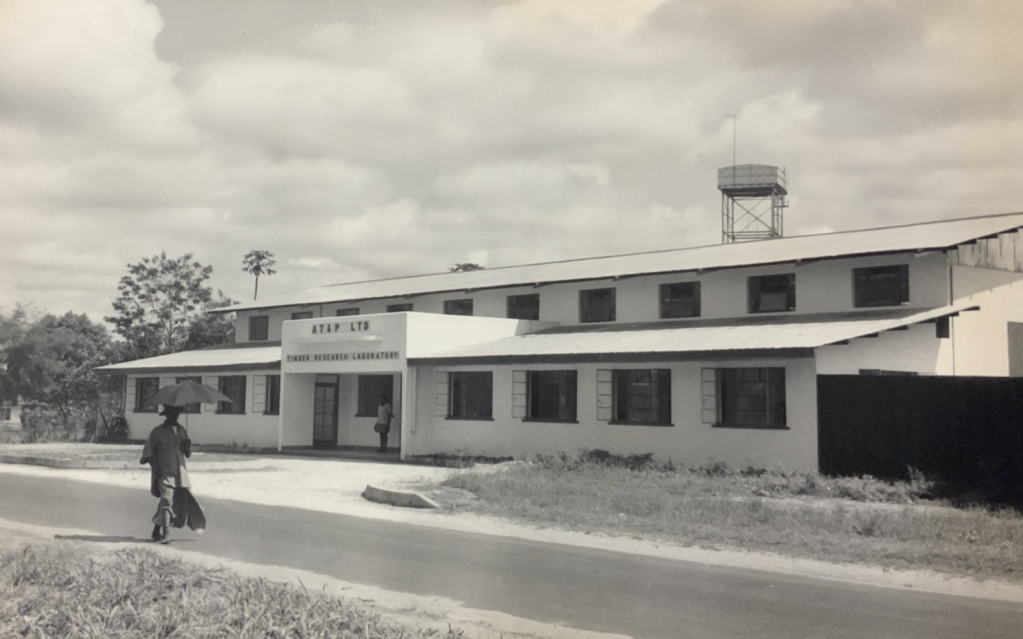Michele Tenzon
Eager to secure the provision of raw materials at low cost to its flourishing soap factories in Liverpool, Lever Brothers and the United Africa Company (UAC) acquired land concessions from colonial states across the oil palm belt in West Africa. Beginning from the early 1910s, subsidiaries such as the Huilieries du Congo Belge (HCB, later Huilever and Plantations du Congo), and Pamol, established oil palm plantations in today’s DR Congo, Congo-Brazzaville, Nigeria, Ghana and Sierra Leone.



Historians such as Jules Marchal lengthily detailed the brutality of Lever Brother’s exploitation especially in the Belgian Congo, the forced resettlement of local population, and the violent repression of “uncooperative workers”. However, this attitude uneasily coexisted with a paternalistic, but probably genuine, hope that plantations would bring “progress and civilisation”. Such hope – Benoit Henriet argues – was compromised by the overriding need to turn a profit but it requires to be analysed beyond oversimplifying narratives of predatory capitalism.
Our initial exploration of the rich UAC archival collection revealed that plantations had been the locus of a wide array of experiments combining agronomic knowledge with political, economic, social, and cultural tools. The plans and photos of worker houses and communal facilities, and the numerous written exchanges on the social aspects of work organisation and the daily life of workers in the plantation shows that architecture played a relevant role in giving tangible form to the company’s largely unfulfilled ambitions to widespread social development.




While the construction of villages for plantation workers such as Leverville offers the occasion for a critical reflection on the role of architecture in private colonial exploitation, other documents from the UAC archives suggest that plantations had been the testing ground for innovative spatial planning models. Indeed, over the course of the 20th century, changes in plantation management and spatial structure overlapped with the evolution of ideas on social engineering and rural development.
In the 1930s and 1940s for example – as Jonathan Robins highlights – in response to the well grounded critiques on the social and environmental sustainability of plantations in West Africa, UAC proposed plans for a reformulation of plantation organisational system. The model they proposed would later influence policy recommendations given by international organisations such as the World Bank to developing countries across the globe. The experimental plantation model, the Nucleus Estate-Smallholder (NES) model, claimed to combine the virtues of the plantation system of management with the “social attractions” of peasant agriculture. This farming system entailed a spatial structure in which a nucleus, composed of a plantation established on a land concession and managed by UAC, is surrounded by further plantation sectors operated by smallholders.
The extent to which this and other models were successful in improving the living condition of local farmers or rather were functional smokescreens for the perpetuation of colonial or neo-colonial extractivism remains an highly debated topic. Certainly, plantations remains, both at the architectural and territorial scale, a fascinating subject which we will continue to explore in the following months and an opportunity to explore the multiple intersections between development ideologies, colonial and post colonial histories, and architectural and planning knowledges.
–
Henriet, B. (2021) Colonial impotence: virtue and violence in a Congolese Concession (1911-1940), De Gruyter Oldenburg.
Robins, J.E. (2021) Oil palm: a global history, University of North Carolina Press.
Marchal, J. (2008) Lord Leverhulme’s ghosts, Verso. First published in French as (2001) Travail force’ pour l’huile de palme de Lord Leverhulme: l’histoire du Congo 1910-1945, vol.3, Paula Bellings.








